Niue: The Rock of Polynesia
There are very few places to stop in the 1,300 miles of open ocean that lie between French Polynesia and the Kingdom of Tonga in the South Pacific. The island nation of Niue is one. It’s not only a great rest stop, it’s a worthy destination in its own right according to Jim and Pam Yares of SV Roam, who experienced a warm welcome on a stopover there.
Published 6 months ago
Reprinted with permission from SailRoam
Niue: The Savage Rock
Captain James Cook (1 – see notes below), who, after three attempts to land, famously dubbed it “Savage Island” due to what he perceived as a hostile reception (it was, in fact, locals painted with red fe’i banana).
Today it’s called the “Rock of Polynesia” as it pops up out of nowhere in the middle of the Pacific. I’d suggest calling it “Friendly Rock” because of the friendly, enthusiastic islanders who genuinely love having “yacthies” visit their island (2).
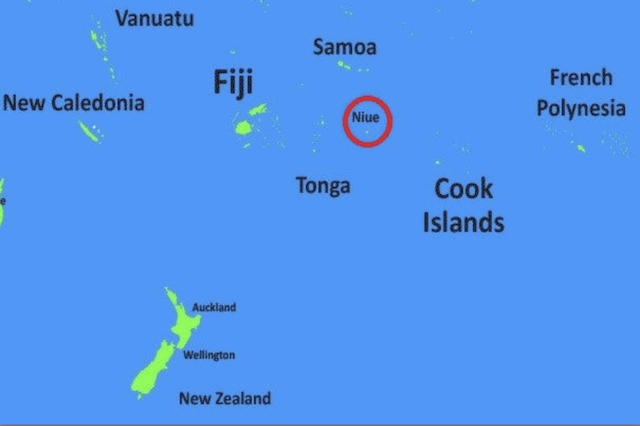

There is no protected harbor on Niue. It’s a deep, open roadstead. You can’t anchor. The local yacht club installs 15 moorings every season. These are in excellent condition and well maintained. They remove them during the off-season to refresh all of the components. You have to reserve one and pay for it in advance.
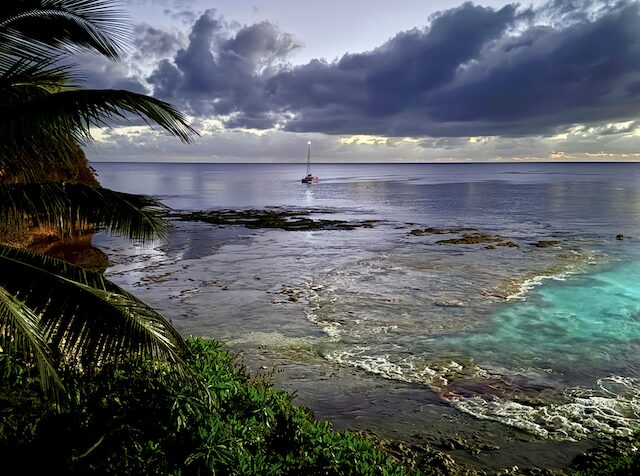

Running from the WARC
We were fortunate to get a reservation. We are running in front of a large group of boats participating in the World ARC—a rally of 26 boats who sail around the world together over the course of 15 months. They had reserved all of the moorings and were behind us in Bora Bora, hot on our heels. The Niue Yacht Club gave us three nights. We’d then have to leave to make room for the WARC boats. For now, we have the bay to ourselves.
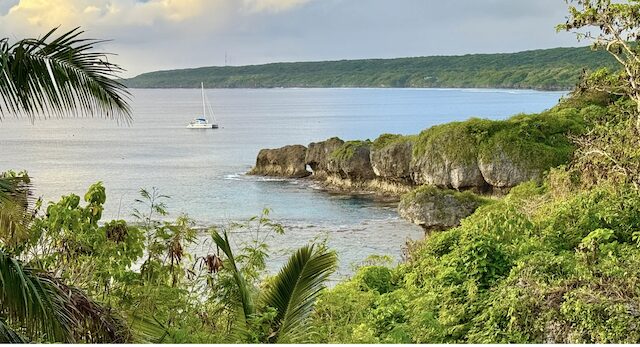

Diving Niue
I’d heard great things about scuba diving in Niue. I wasn’t prepared for what I experienced. Caves and sea snakes. And crystal clear water. And big coralscapes.
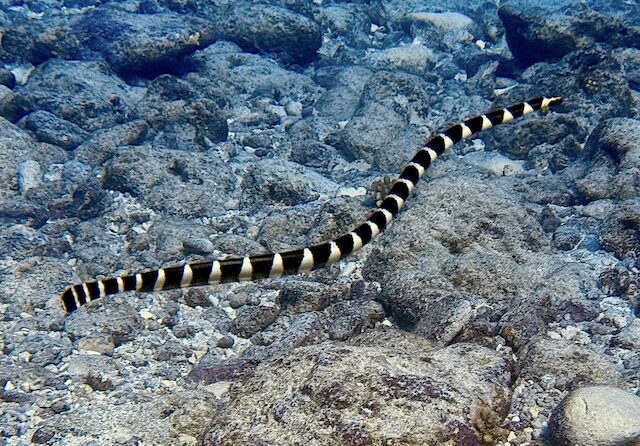

The Niue Blue dive operation is based in New Zealand. The Kiwi crew and guides rotate through every few months. It’s a well-run operation. Guides Jackson and Ant picked me up from our boat one morning. They had one other long-time client with them. Only four of us. One guide remained in the boat while three of us dived.
Jackson: “Hey Jim, how do you feel about caves?”
Ant: “Hey Jim, how do you feel about snakes?”
I think I mumbled something about my life being in their hands. With that, we blasted off across the bay to their first favorite spot—Bubble Cave.
We saw hundreds, if not thousands, of Niue’s famous Katuali (3) venomous sea snakes. Outside the caves, they swim freely. In the caves, they are wrapped up in tight mating balls, some several feet in diameter. Above the surface, they lounged on the stalagmites and rocks inside the caves. This is the kind of place where I could spend a week, diving every morning and never getting tired of it.
Driving Around Niue
Pam rented a car to tour the island while I was diving. Unlike pretty much everywhere else in the world, Niue insists you get a local driver’s license (4). I’m not sure why they have this rule, but they are serious about it. Tourists apparently like it because it’s a cool souvenir to take home. Pam tried to get one, but the police station ID card printer was broken. They let her drive around without it while various people came and went from the police station trying to fix the printer. So much for the serious rule about having a local Niue driver’s license! (4)
That afternoon, we went back by the police station to see how the printer was doing. Despite my objections, Pam often volunteers me to help people with their computer problems (5). The police chief was eager for help. Instead of intervening directly, I introduced her to Google Gemini and let them work things out together, which they quickly did. The printer was again spitting out ID cards. Pam got her license. We were legal. And, Niue has a resident AI expert now.
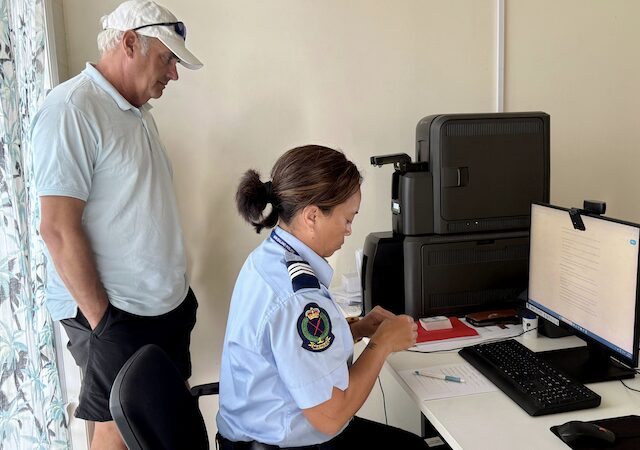

The loss of the Anastacia
A week earlier, we sat out some bad weather in Aitutaki, Cook Islands. That same disturbance passed over Niue. It caused the wind and seas to swing around and come from the west, making Alofi Bay a dangerous lee shore (6).
There were several boats on moorings. Two left the mooring field and took shelter in the lee of the island on the other side, sailing back and forth on the east side for 48 hours. Two boats decided to ride it out on their moorings (despite warnings against it). One survived; one did not.
The Swedish-flagged, Jeanneau Sun Odyssey 44i, Anastacia, was lost when it broke free of its mooring and foundered on the reef in front of the town. It didn’t take long for the waves and the rocks to reduce it to small bits.
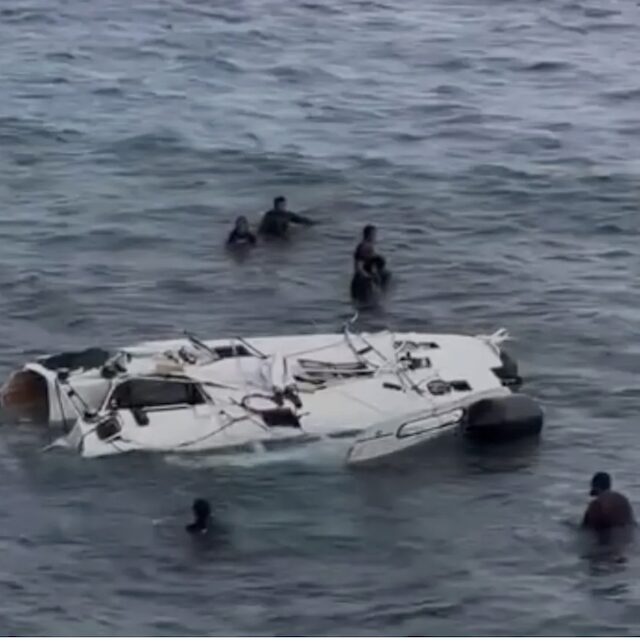

I won’t speculate on the skipper’s decision-making. These are always complex situations. It’s impossible to fully appreciate what they were facing. She wrote about it on the ship’s blog.
What we did see was the aftermath. The day after we arrived, the town citizens met with the island’s Prime Minister to confront the issue. The theme was a proposal to remove all moorings from Alofi Bay so that something like this would never happen again.
The wreckage left behind an environmental calamity. The fiberglass hull had been reduced to a kind of fiberglass fuzz that was all over the reef surface. Locals were engaged in a daily surface clean-up operation. The dive shop was running afternoon clean-up dives in an effort to get the debris off the bottom. It was a mess. People were angry.
Decisions that seem clear-cut after the fact are not so clear-cut in the moment. I think about our own experiences. Like a few days earlier in Aitutaki, where we had wind gusts to 44 knots. A slightly different weather trajectory and we might be telling a different story. Often, we are more lucky than good.
Weather to stay or go?
We watch the weather closely when we are preparing for a passage – especially in situations where we are exposed without a harbor of refuge or shelter nearby. Like here in Niue. The early season South Pacific Convergence Zone is notoriously difficult to forecast precisely (7).
The forecast models showed another disturbance forming near Tonga a few days out. It was forecast to track toward Niue. Some of the WARC boats seeing this, diverted north to Samoa. This freed up some of the moorings in Niue. The yacht club let us know we were free to spend another day or two, should we so desire.
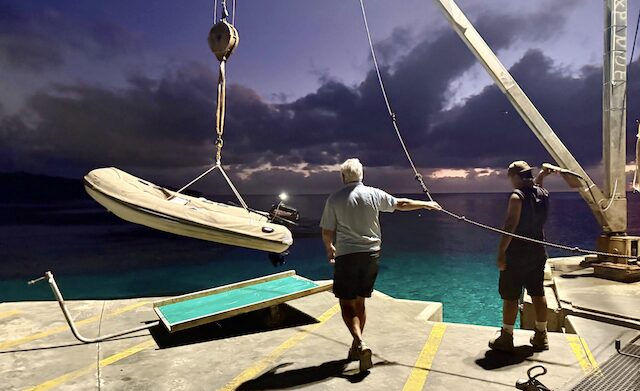

We could have made it work. But Anastacia’s fate was on our minds. The sea state was forecast to be smooth for the next day – less than two meters. The wind was blowing in the right direction. It would be a good chance to make the run to Tonga with good weather margins. Our weather router, MetBob, agreed with the plan.
We woke to our alarms at midnight, slipped our mooring line and sailed west out of the bay and into the black night toward Tonga.
Highlights
- Niue Blue Diving: outstanding dive operation
- Fana Cafe: easily the best food on the island
Fees for Visiting Yachts
- Mooring Fee: $30NZD per night
- Customs Departure Tax: $150NZD per person (yes, that’s a lot)
- Clearance Fee: $50NZD
- Clearance was handled ashore on the wharf and in the customs office. Nobody came to the boat.
Notes:
1 – You can’t sail the South Pacific without standing in awe of what Cook and his crews achieved. It’s one thing to read about it. It’s another to sail to the same places, across the same ocean (except that we have fancy satellite-based navigation systems and low-latency, high-speed Internet). Cook made three separate voyages over the course of a decade. He charted most of the uncharted Pacific. He was the first to circumnavigate and map New Zealand and Australia. He discovered and mapped the Hawaiian Islands (and got himself killed by the Hawaiians in the process). He pioneered the prevention of scurvy. He brought critical advancements to navigation and the scientific method to expeditions.
2 – Except when one breaks free from its mooring, dissolves on the reef in front of the town, and creates an environmental disaster.
3 – Although bites are rare and the snakes are generally not aggressive towards humans, a significant bite can lead to severe envenomation characterized by progressive paralysis including muscle weakness and pain, difficulty swallowing and speaking, ptosis (drooping eyelids), rhabdomyolysis, and kidney damage; most critically, respiratory failure due to paralysis of the diaphragm, which can be fatal if not treated promptly with anti-venom.
4 – Not because it proves you are a competent driver. But because it proves you have $23NZD to waste. Pretty much like the DMV at home!
5 – It’s not that I am unhelpful or don’t like helping people. To the contrary, I love helping people. But computer problems are unique. If you are one of those who gets tagged out as the “guy who is good with computers,” you know what I mean. You either completely screw things up (to the point where you need to reinstall the operating), or you solve it, at which point the victim trots out a bunch of other issues that have been festering, including the 2005 CD ROM of PrintMaster they can’t seem to reinstall on the Windows Vista machine they are still running. But when the police of Niue call, I answer.
6 – A lee shore is a big deal in ocean sailing. Often the wind and seas can overcome even large yachts and push them onto the rocks where they founder and break up. We go to great lengths to avoid putting ourselves into that situation. Sometimes it means heading for open ocean despite what you know will be truly crappy conditions for several days.
7 – This is not to say that the numerical weather models we rely on aren’t amazingly accurate. They are. The southern hemisphere has very few actual weather observation stations. The numerical weather models (ECMWF, GFS, UKMO, SPIRE) use live observations to initialize themselves in their twice-daily runs. In the northern hemisphere, we have gobs of live weather observations to feed the weather models. Not so here in the South Pacific.
Jim and Pam Yares
SV Roam
…………………………………
About the Authors
Pam and Jim Yares have both been sailing since they were kids. This is their 6th boat together, their first catamaran and second cruise. They have always wanted to sail the South Pacific and that’s where they are now.
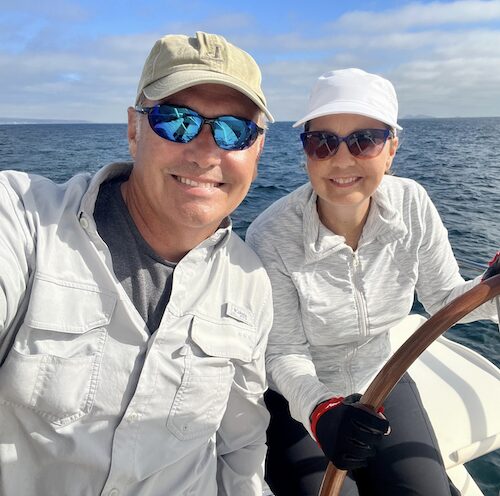

Roam is a 2001 Catana 472 designed by Christophe Barreau and built by Catana in Canet-en-Roussillon, France. The 472 is a higher-spec version of the legendary 471. Approximately 90 471s were built of which 12 were finished as 472s. Roam was built as 471 hull #35 and finished as 472 hull #09.
Follow their journey at: SailRoam
…………………………………
© 2025 Noonsite. This content was edited by Noonsite. Do not reproduce without permission. All rights reserved.
The opinions expressed in this article are the author’s own and do not reflect the view of Noonsite.com or World Cruising Club.
Find out all news, reports, links and comments posted on Noonsite, plus cruising information from around the world, by subscribing to our FREE monthly newsletter. Go to https://www.noonsite.com/newsletter/.
Related to following destinations: Alofi, French Polynesia, Neiafu (Vava'u), Niue, Nuku'alofa (Tongatapu), Society Islands, Tahiti, Tonga
Related to the following Cruising Resources: Circumnavigation



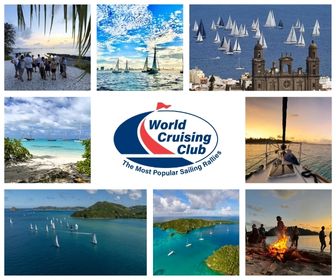
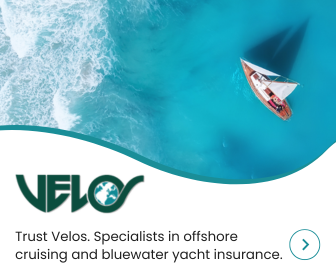


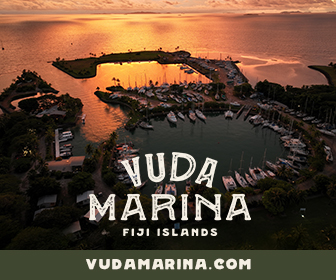
Very helpful, thank you!